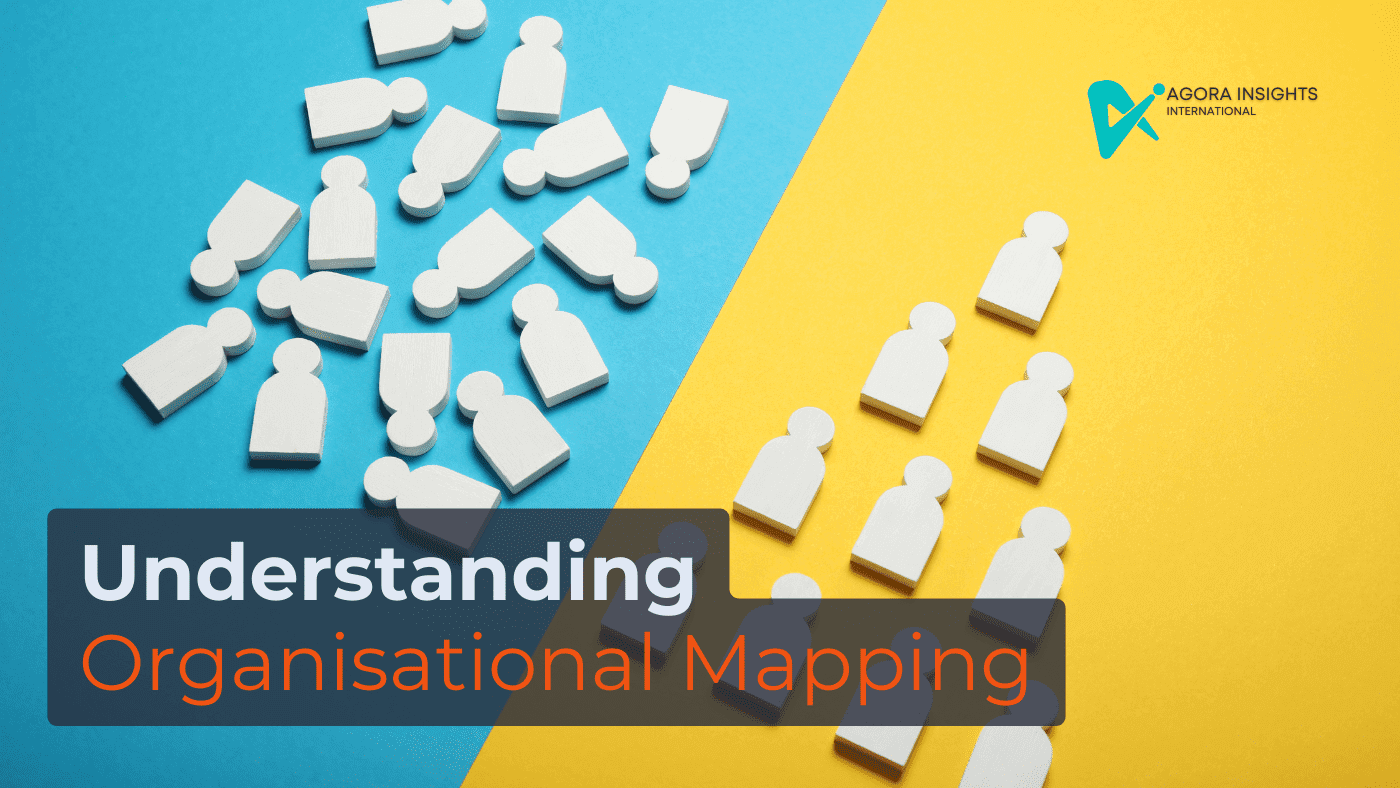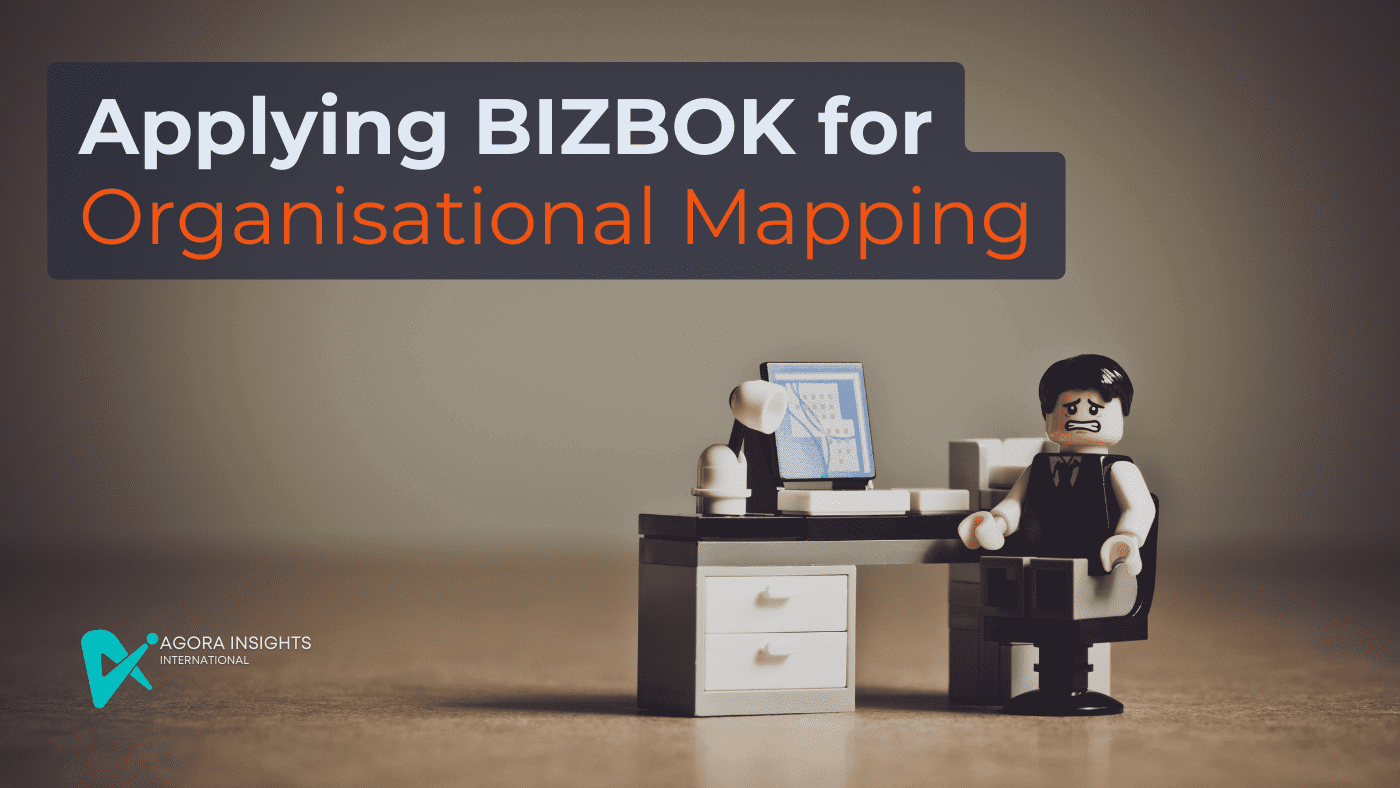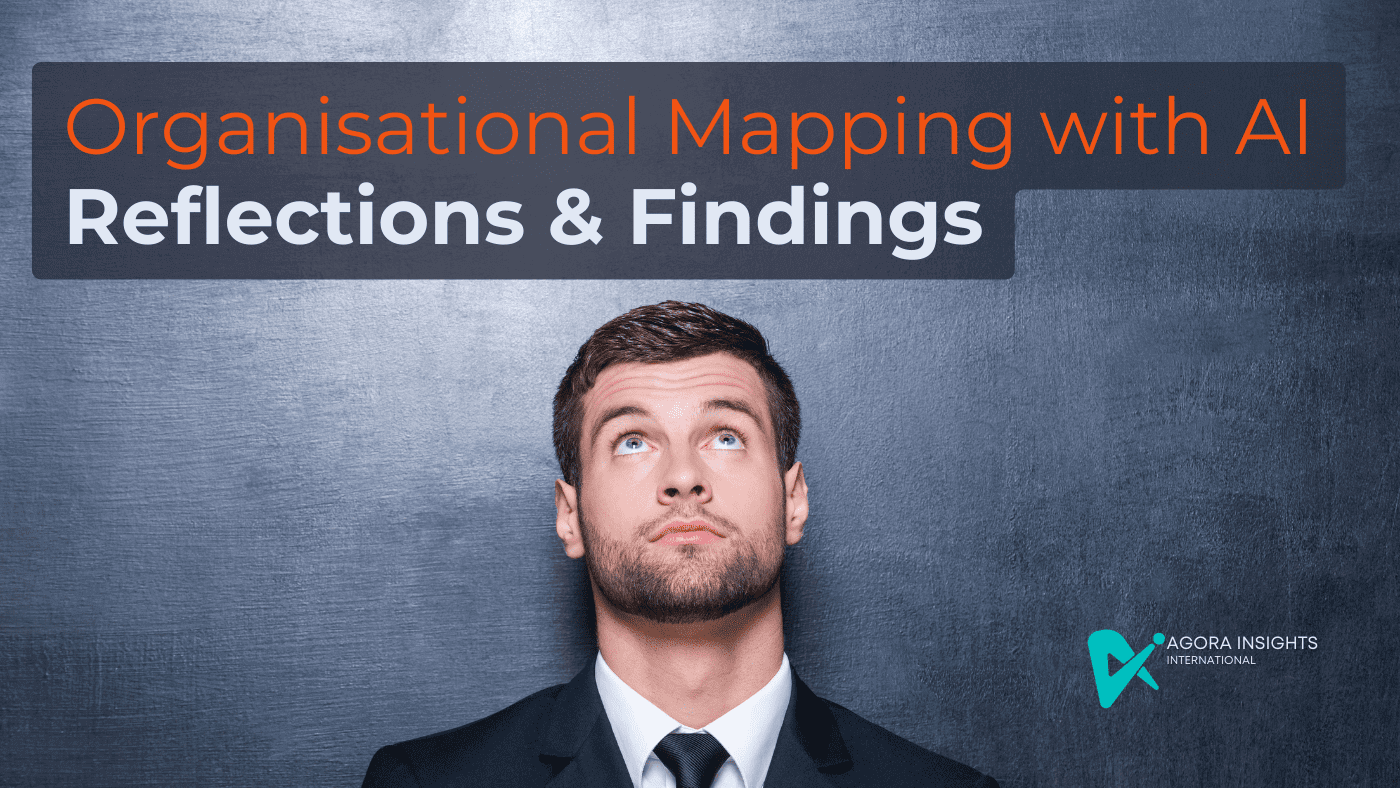Business Architecture Organisational Mapping with ChatGPT
In part 3 of this 12-part blog series, we look at how to use ChatGPT to create a business architecture organisational map based on BIZBOK principles. The goal is to provide business architects with insights and guidance on how to use AI to create organisational visualisations. We discuss the significance of input requirements, data interpretation and generation, iterative response limitations, response refinement, error correction and feedback interpretation, and consistency issues. Business architects can effectively use ChatGPT to create a solid foundation for their organisational charts by understanding these aspects. Lets get started
Understanding a Business Architecture Organisational Map

To start this process, it is essential to understand what an organization map is because most people just think of it an organization chart. The two have different ways of representing the structure and relationships within an organization. While both provide insights into the organization's structure, they serve different purposes and focus on different aspects.
An organization chart is a hierarchical representation of the organization's structure, showing the relationships between positions, titles, and reporting lines. It typically includes people, their titles, and the hierarchical management structure. The main purpose of an organization chart is to provide a clear understanding of the organization's hierarchy, reporting lines, and the roles and responsibilities of individuals within the organization.
On the other hand, an organization map is a business blueprint that depicts organizational decomposition by organization unit along with additional aspects of the business where appropriate.
Applying BIZBOK Principles for Organisational Mapping

According to the BIZBOK Guide, an organization map goes beyond the traditional hierarchy chart by depicting internal and external relationships and collaborations from a business unit or business entity perspective. The organization map focuses on business units, organizational decomposition, and other types of organization-oriented relationships, rather than on individuals and their titles
The BIZBOK Guide proposes a 'basic organization map' built from the examination and documentation of business units and business unit decomposition across the enterprise. This approach requires flexibility in the modeling concepts used to create organization maps and aims to provide a more comprehensive view of the organization's structure and relationships.
Supreme Coffee Organisational Mapping: A Case Study

In the context of Supreme Coffee, organizational mapping can be used to illustrate the relationships between the company and its vendors and suppliers across the world.
For example, let's assume that Supreme Coffee sources its coffee beans from various suppliers in different countries. An organizational map for Supreme Coffee could depict the company's main business units, such as marketing, operations, and finance, and show how they are connected to each other and to external partners and stakeholders, such as the coffee bean suppliers.
In this map, the relationships between Supreme Coffee and its suppliers could be represented by lines or arrows, indicating the flow of goods and services between the company and its vendors. This would help to visualize the interdependencies between the company and its suppliers, highlighting areas of collaboration and potential risks or opportunities for improvement.
Additionally, the organizational map could also include information about the suppliers themselves, such as their locations, the types of coffee beans they provide, and any certifications or sustainability initiatives they participate in. This would help Supreme Coffee to better understand its supply chain and make more informed decisions about its sourcing and partnerships.
Reflections and Findings: Using ChatGPT for Organisational Mapping

Input Requirements:
I found that for the best results, it was important to give clear and detailed instructions. I realised that I needed to say how detailed and in-depth the organisation map needed to be. It also did get confused between organisational map and org chart and moved in and out of these. By mistake, in one of the prompts I said "Supreme" not "Supreme Coffee" in the middle of the process and later down the line things got strange.
Data Interpretation and Generation:
ChatGPT could make information and put it in a table format. Based on what I told it, it assigned roles, made role descriptions, and even found internal and external stakeholders. But it seemed to have trouble filling in the relevant levels of business capabilities because I couldn't put in too much.
Limitations in Iterative Responses:
There were limitations in the number of entries ChatGPT could generate per request, which seemed to top out at around 12 rows in the table. To get around this, I had to press multiple 'continue' requests. What is frustrating is this ends up being another "token" in an already limited 25 tokens every 3 hours. It is so hard to finish one lesson completely as I typically finish 25 questions in 1 - 1.5 hrs.
Response Refinement:
ChatGPT was able to revise its responses based on my feedback and additions. It performed well in identifying roles and updating tables, but there were instances when the AI didn't fully understand or carry out the task as expected. For instance, it only updated the parts of the table that needed changes instead of the entire table as per my request.
Error Correction and Feedback Interpretation:
Even though ChatGPT made some mistakes, it was still able to give useful feedback and suggestions. It said that there should be a role-to-capability ratio, that cross-functional roles should be thought about, and that tables should be reviewed regularly. Putting these ideas into action, on the other hand, seemed to be a challenge.
Consistency Issues:
In the middle of the process, I made a mistake and said "Supreme" instead of "Supreme Coffee" in one of the prompts. After that, things got weird. It was "my fault," but I thought that after typing "Supreme Coffee" so many times, it should have noticed or asked? This led to confusion, and the AI ended up making a different organisation. This shows how important it is to keep instructions and details consistent when using AI like ChatGPT. It would have been helpful if it actually highlighted the different company? I am not sure why it cannot keep referring back to the original, first prompt, company either?
End Result:
Despite the issues, I was able to obtain a reasonable table that I could further refine manually. While it may not have been the most optimal outcome, the AI was able to provide a good starting point that reduced the workload for creating the initial organizational chart.
Conclusion and Recommendations for Using AI in Business Architecture
Finally, using ChatGPT for business architecture organisational mapping is a novel approach to understanding the structural relationships within an organisation but you still need a business architect "human" to get this right. Don't forget to understand the differences between organisational maps and traditional org charts, as well as how applying BIZBOK principles can provide a more comprehensive view of an organization's structure and relationships.
AI tools like ChatGPT may not be able to fully automate the process of making complex business architecture maps, but they can make the process better and faster. With an understanding of the tool's limits and the right way to use its features, business architects can use this technology to make the process of making organisational maps easier and faster.
In the next part of this series, we'll talk more about how ChatGPT can help us with our business architecture information concepts.
Post sponsored by Agora Insights Ltd


Post a Comment